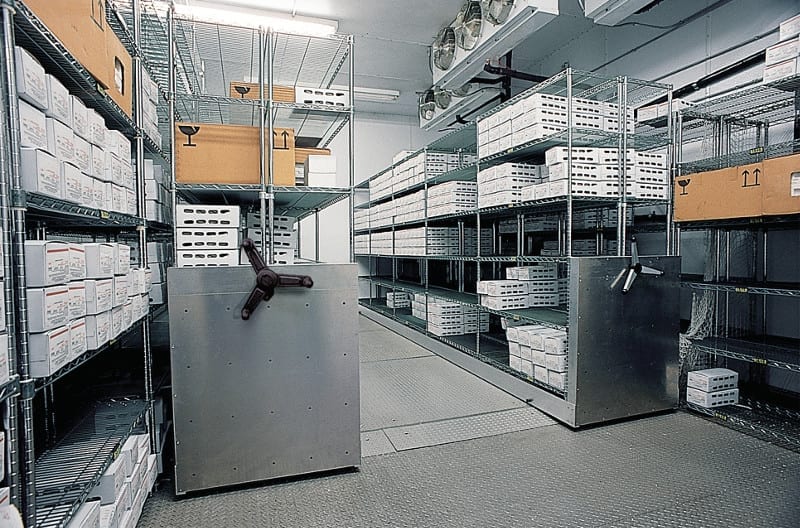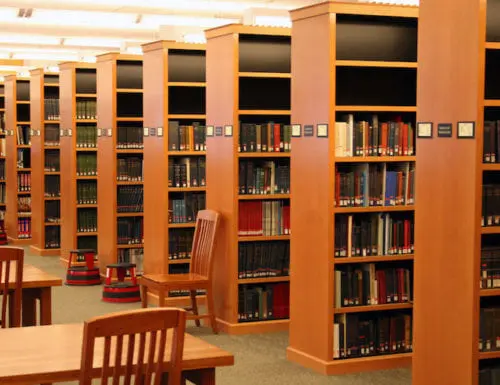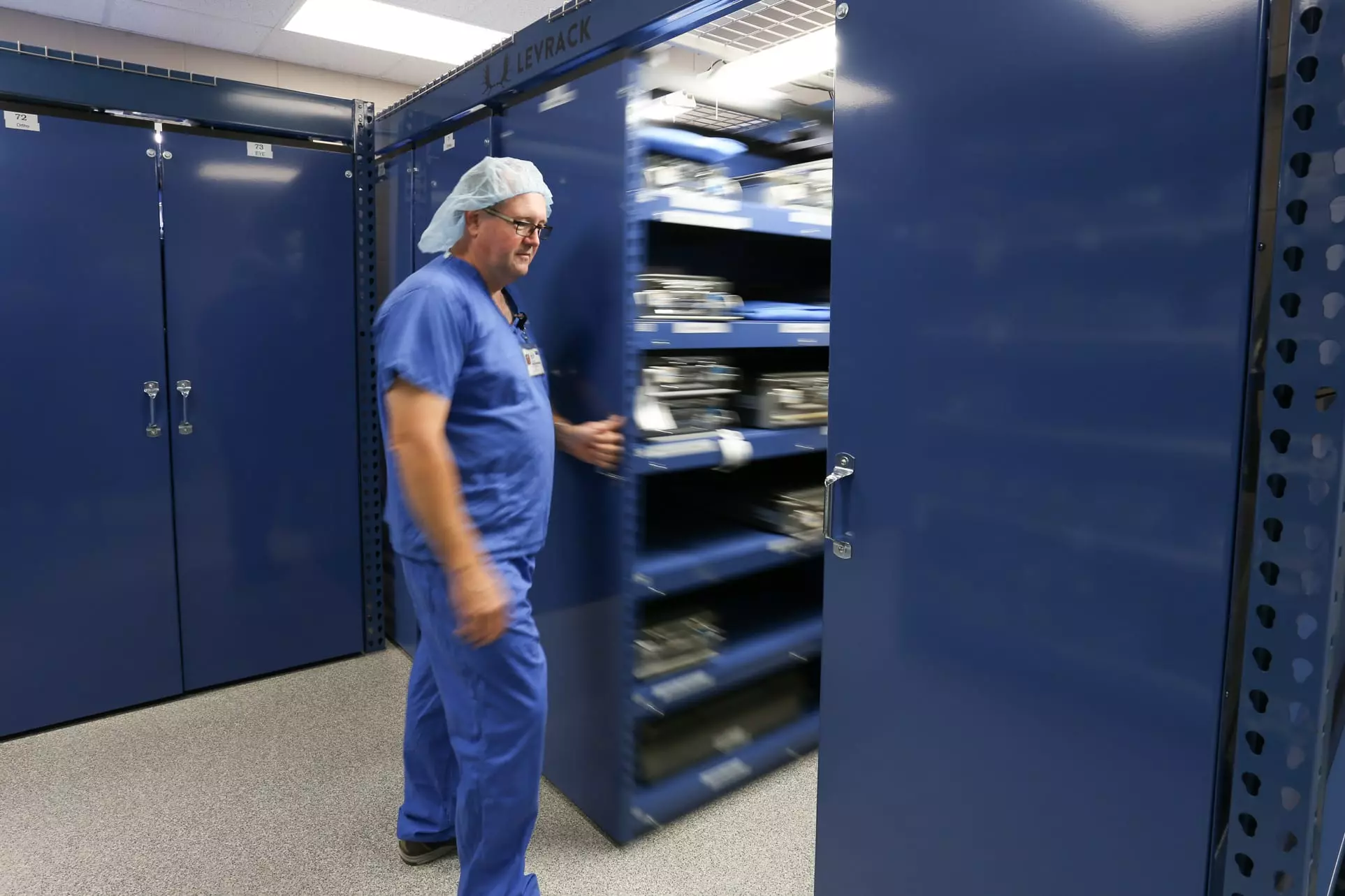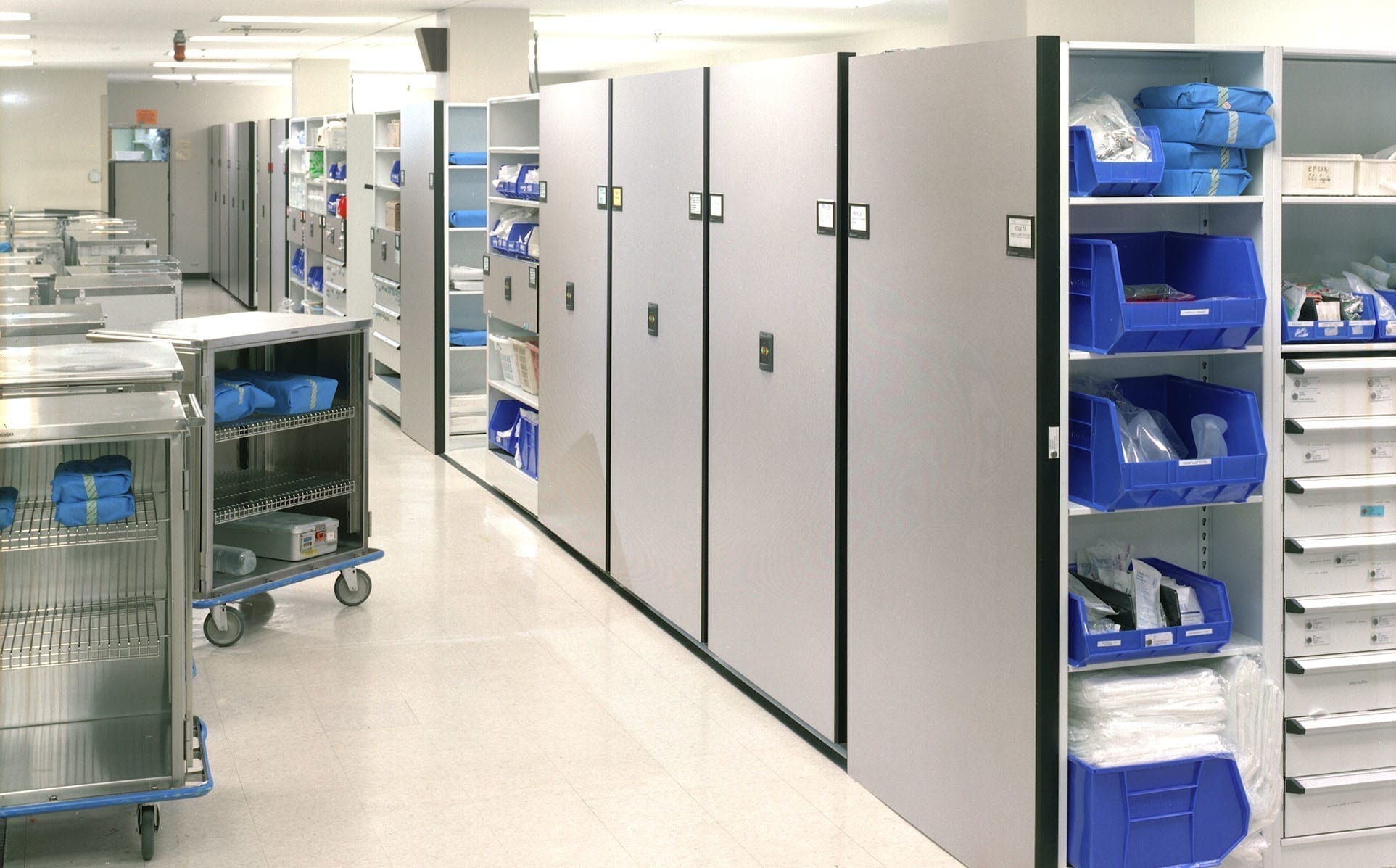
In today’s rapidly evolving educational landscape, technology is playing an increasingly vital role. The traditional classroom setup is undergoing a transformation, with digital tools and innovative solutions enhancing the teaching and learning experience. One such innovation that’s making its mark is the introduction of smart shelving systems in classrooms. In this blog post, we’ll explore how smart shelving is revolutionizing the way we organize and access educational materials, making classrooms smarter and more efficient.
Smart Shelving in Education
Smart shelving systems are technologically advanced storage solutions designed to streamline the management of educational materials. These systems consist of shelves equipped with sensors, automation capabilities, and often integration with digital devices and software. The primary objective is to create an organized and efficient environment that fosters better learning outcomes.
Benefits of Smart Shelving in Classrooms
Enhanced Organization and Accessibility: Smart shelving systems offer a level of organization that goes beyond traditional bookshelves. With sensors and digital cataloging, finding and accessing learning materials becomes a breeze, saving valuable instructional time.
Improved Classroom Management and Efficiency: Teachers can focus more on instruction and less on material distribution and organization. This leads to more efficient use of classroom time, which is especially crucial in today’s fast-paced educational environment.
Facilitation of Interactive and Collaborative Learning: Smart shelving promotes interactive learning. It can store and display student projects, making it easy for peers to collaborate, share, and learn from one another’s work.
Integration with Digital Learning Tools and Devices: In the age of digital education, smart shelving seamlessly integrates with digital devices like tablets and laptops. It can offer charging stations and secure storage, ensuring that devices are ready for use when needed.
Applications of Smart Shelving in Education
Storage and Organization of Textbooks and Learning Materials: Smart shelving effectively manages textbooks, workbooks, and supplementary materials, reducing clutter and ensuring that everything is readily accessible.
Displaying Student Projects and Achievements: It provides a platform to showcase student projects, fostering a sense of pride and motivation among learners.
Charging and Secure Storage for Devices: In classrooms where digital devices are essential, smart shelving systems can serve as secure charging stations, safeguarding valuable equipment.
Integration with Classroom Management Systems: These systems can integrate with broader classroom management tools, allowing educators to streamline various tasks from a centralized interface.
Conclusion
Smart shelving systems are transforming classrooms into smarter and more efficient learning environments. Their ability to enhance organization, accessibility, and collaboration contributes significantly to the modernization of education. We encourage educational institutions to explore this innovative technology as it has the potential to revolutionize the teaching and learning experience, ultimately benefiting both educators and students alike. Smart shelving is a clear example of how technology can make classrooms not just smarter, but also more conducive to learning.
FAQs:
How does smart shelving improve classroom efficiency?
Smart shelving improves classroom efficiency by providing a well-organized and easily accessible storage solution for learning materials. With sensors and digital cataloging, teachers can quickly locate and distribute materials, saving valuable instructional time. This efficiency allows educators to focus more on teaching and less on administrative tasks.
- What types of educational materials can be stored and managed using smart shelving systems?
Smart shelving systems are versatile and can manage various educational materials, including textbooks, workbooks, supplementary materials, and even digital devices such as tablets and laptops. They are designed to adapt to the specific needs of the classroom, making them suitable for a wide range of educational settings.
- Are smart shelving systems user-friendly for both teachers and students?
Yes, smart shelving systems are designed with user-friendliness in mind. Teachers can easily operate and manage these systems, and students can access materials with minimal effort. Many smart shelving solutions come with intuitive interfaces and touchscreen controls, making them accessible to users of all ages and technical abilities




